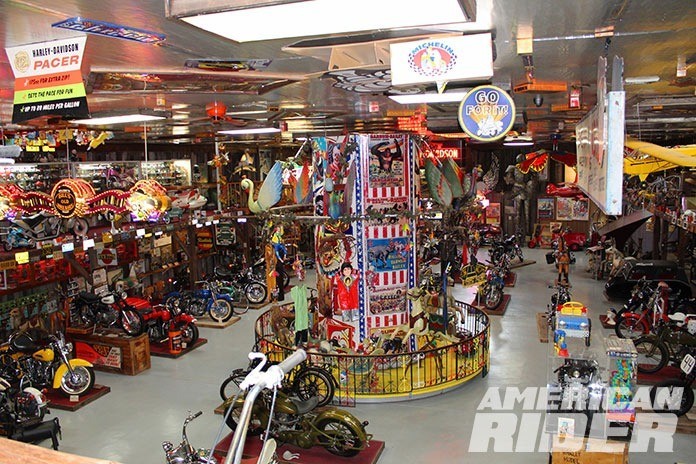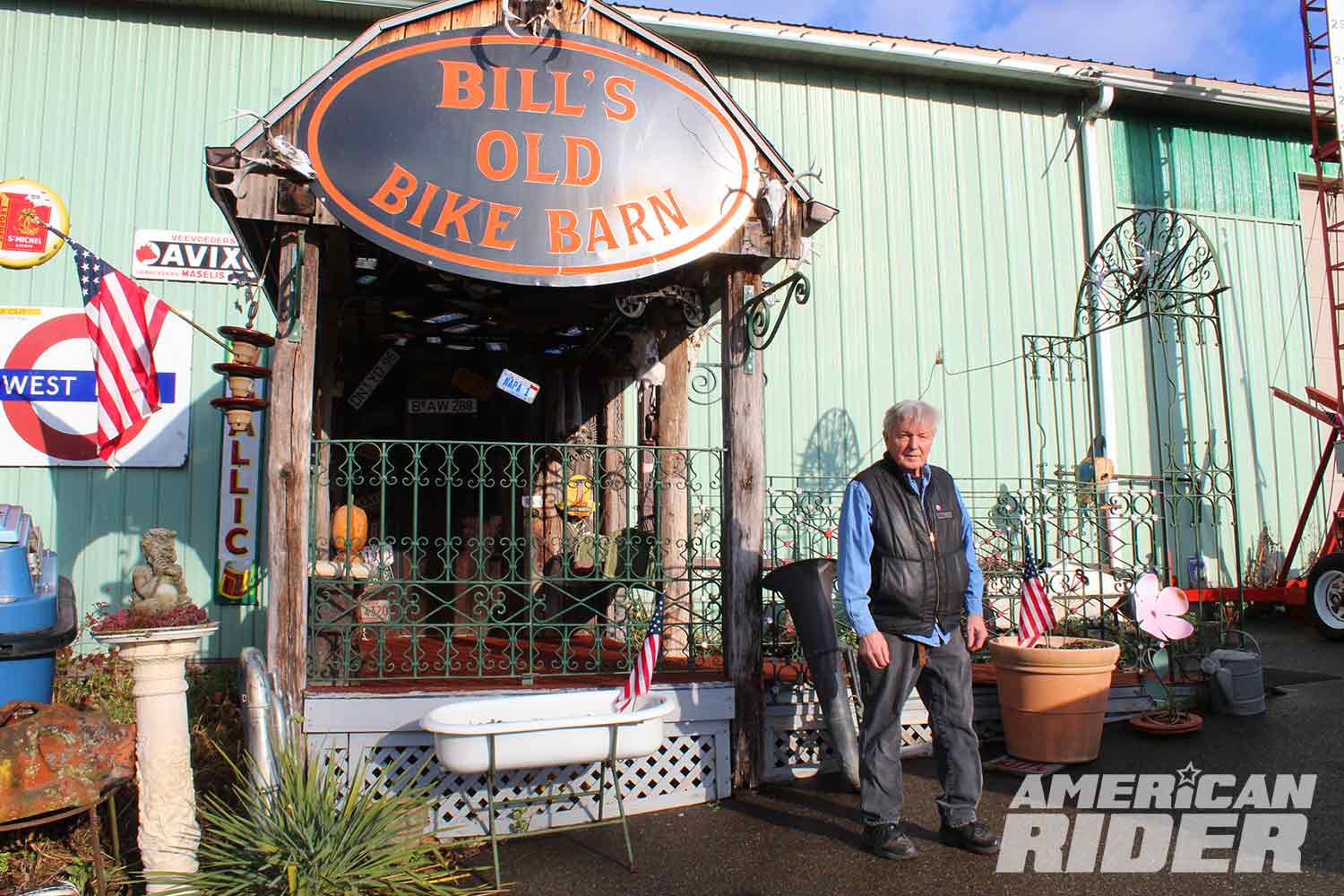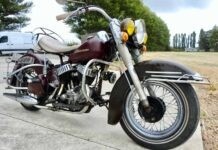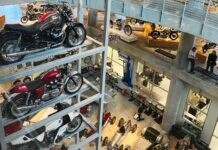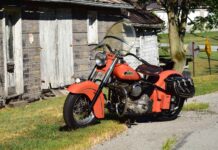“Mindboggling” is an overused word, but it fits without hyperbole when describing Bill’s Old Bike Barn and Museum in Bloomsburg, Pennsylvania. There’s so much to see at this wonderful 55,000-square-foot facility that it puts your brain into overdrive while you attempt to take everything in and process it.

Proprietor Bill Morris has created a museum dedicated to Americana in all its forms. The former Harley dealer didn’t originally intend to start a museum, but his collection kept growing and now includes more than 200 gorgeous and interesting motorbikes to ogle.

“It came to a point where I had to put a building up to put them in or sell them, and I didn’t want to sell them,” Morris explained to WVIA Public Media Studios. “And that was the beginning of Bill’s Old Bike Barn.”
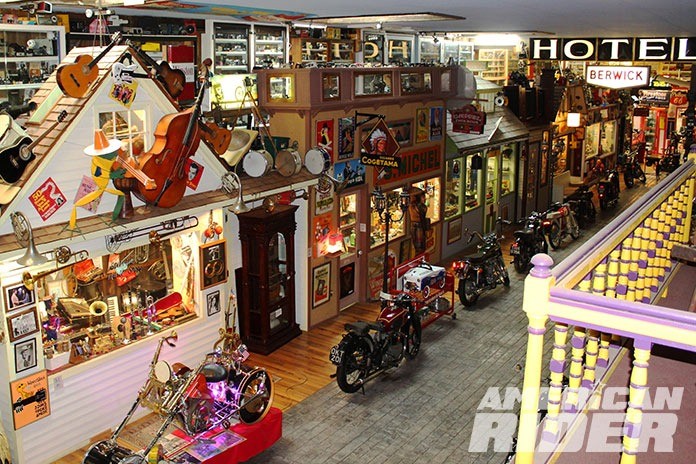

A unique aspect of BOBB is “Billville,” a replica town named after the museum’s founder. It has its own dentist office, barber shop, saloon, restaurant, post office, motorcycle repair shop, gift shop, music shop, cobbler, fire station, and service station.
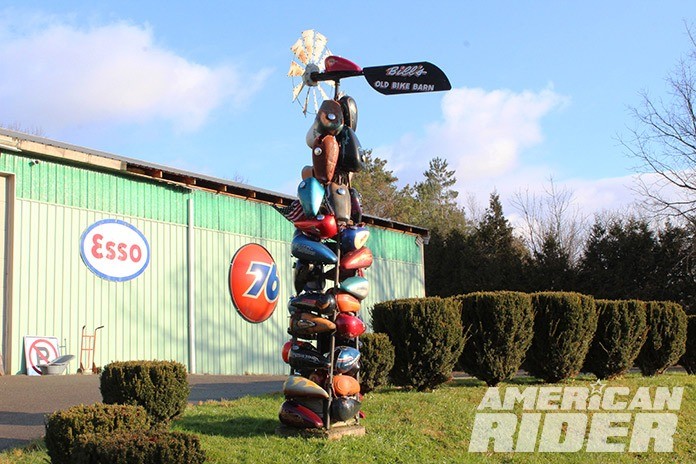
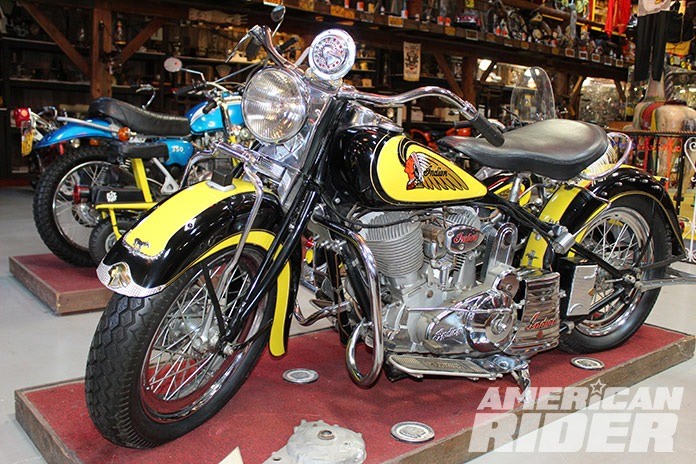
I stayed clear of the police station and jailhouse so they wouldn’t trigger any traumatic flashbacks, but I did stop in at the barber shop for a shave and a haircut. Other items in Billville include hood ornaments and auto emblems, beer cans and oil cans, license plates and carburetors, key chains and toys – and the list goes on and on.

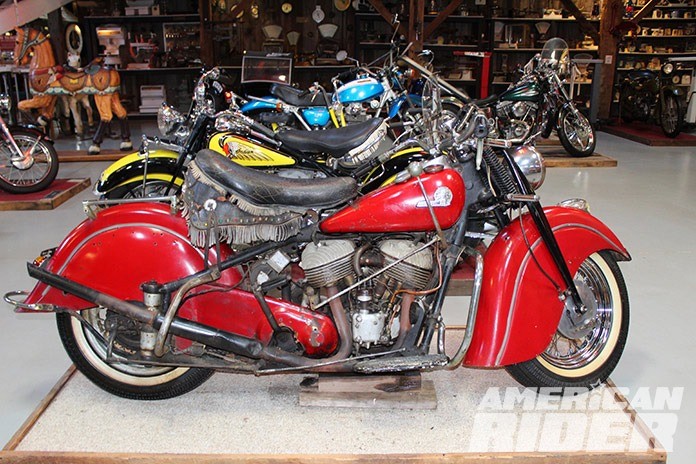
Related: Venerable V-Twins: America’s Motor for More than a Century
But the museum’s main attraction is its extensive collection of motorcycles, including many delectable American bikes. Flatheads, Panheads, J models, K models, Knuckleheads, and Sportsters are all accounted for, while Indian is represented by Scouts, Chiefs, and earlier models.
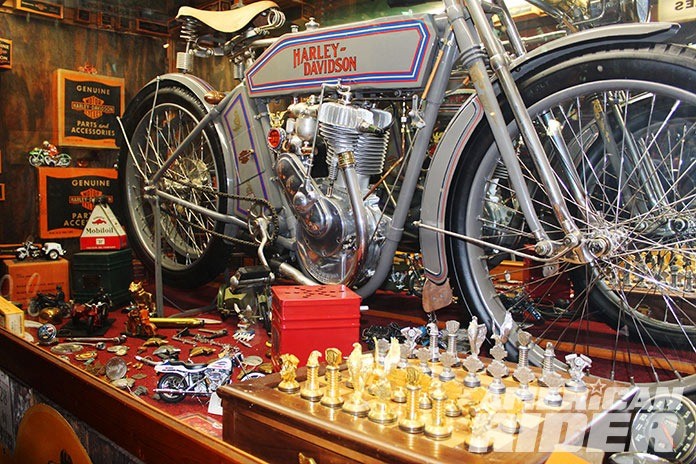
The oldest American bike in the joint is a 1913 belt-drive pedal-start Harley – the only machine that’s kept behind glass. The next oldest is a 1916 Indian single-cylinder, followed by a very cool 1917 Harley with a carbide headlight and a sidecar.

Related: Early Rider: 1900-1917, Roads of the Past
The museum’s oldest bike is French: a 1909 Peugeot V-Twin. Peugeot began its vehicle operations in 1898, and the manufacturer still makes motorized two-wheelers to this day.
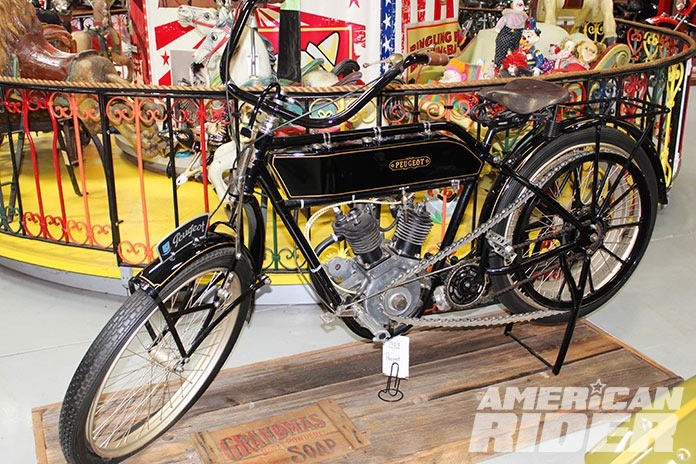
The machine that started Bill’s massive collection is a 1962 Moto Guzzi, but it’s not a motorcycle – it’s a three-wheeled, ton-and-a-half dump truck. At first glance, the Guzzi looks like one of many three-wheeled utility contraptions that can often be seen laboring throughout Europe and Asia, but once the door of the cab is opened, you see a complete motorcycle – including handlebar, fuel tank, and motorcycle seat – where you might have been expecting a bench seat, steering wheel, and some sort of floor. Very unique indeed!
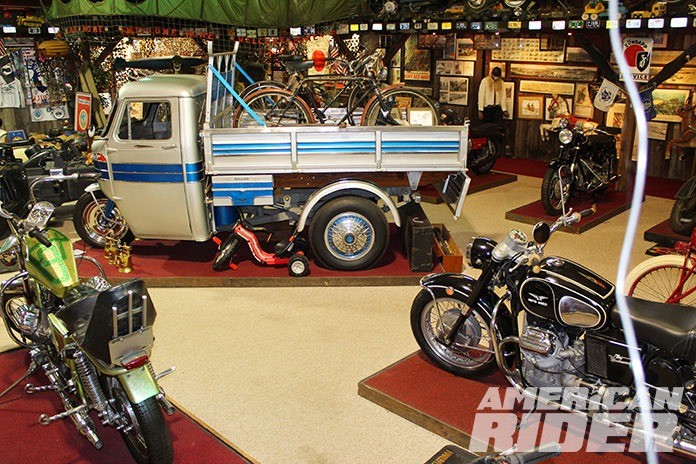
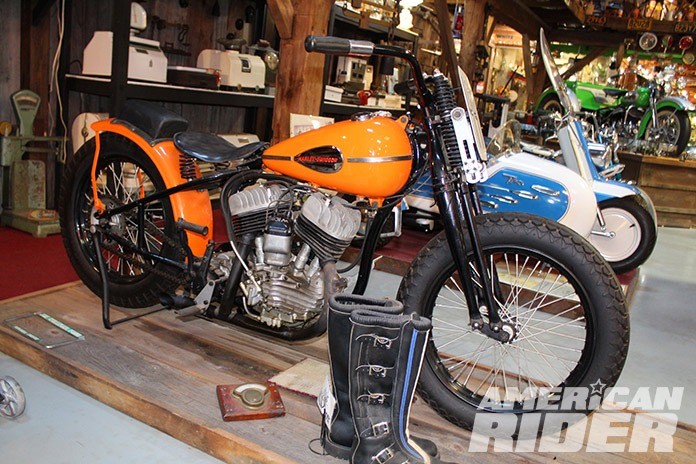
Bill’s personal favorite is his Army green 1930 Harley-Davidson 74 with a sidecar, a bike he’s owned for nearly as long as the Guzzi motorcycle/truck. He’s logged many miles on it with his dog riding in the sidecar.
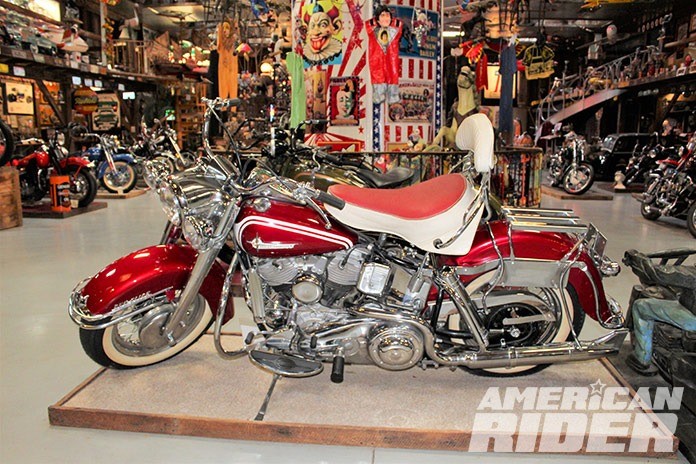
In Billville’s fire station, you’ll find a Harley firefighting bike. Experts will tell you that the Motor Company never made such a creature, even if Indian did. They would be correct, but Bill took a 1926 Model J and turned it into a sweet-looking “what if?” firefighting sidecar rig.
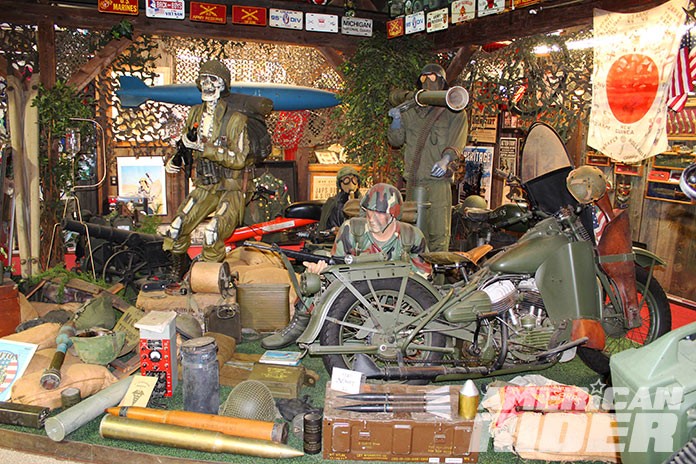

The museum also answers the question: “When is a Harley not a Harley?” When it’s a MT350 military bike that was produced and badged as a Harley from 1993 to 2000. It’s powered by a Rotax engine from Austria, is suspended by a Marzocchi fork and Öhlins rear shocks, and has wheel rims made by Akront and wheel hubs by Grimeca. There doesn’t seem to be a single Harley part on the Frankenstein dual-sport motorcycle, even if the brand is stamped boldly into the bike’s side plates. Personally, I think the bike is too damned ugly for the Harley name, but if the MoCo made a few bucks on the deal, then congrats to them.
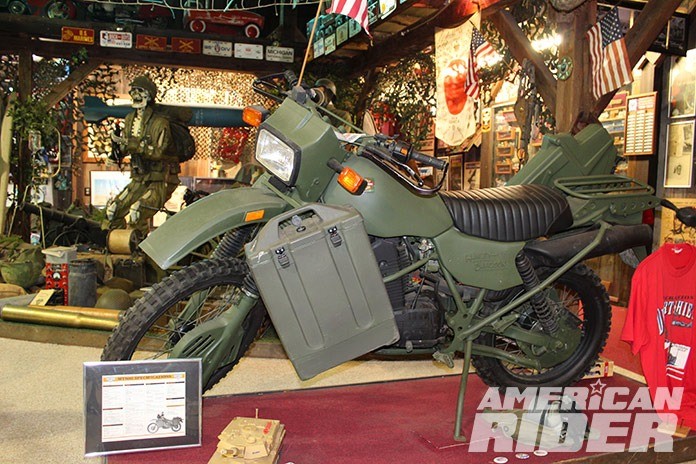
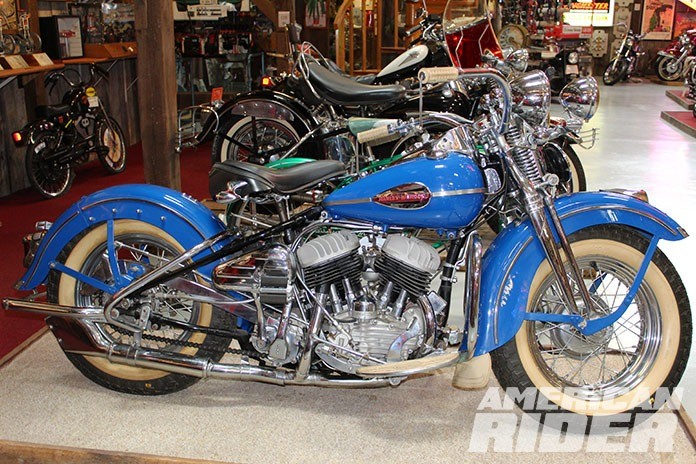
Small-displacement Sprints are also non-Harley Harleys, as they were made in Italy by Aermacchi. Produced from the 1960s into the 1970s, they’re often not considered “real” Harleys, but they were great little bikes that were affordable and provided a stepping stone to bigger Harleys.
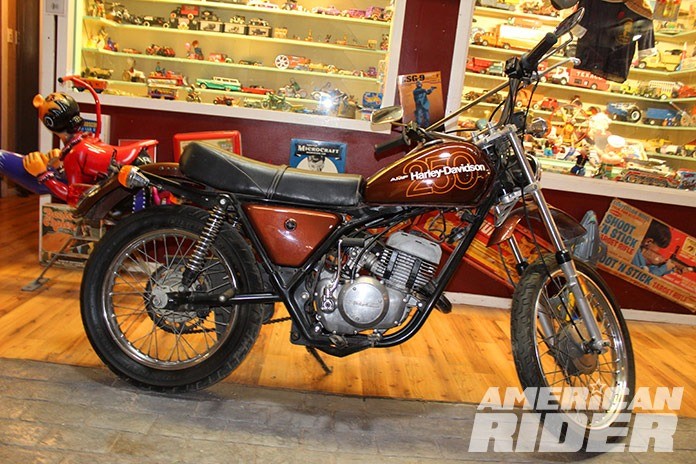
The small-displacement Harley Hummers served this same purpose, but unlike the Aermacchis, they were manufactured in the U.S. between 1948 and 1966 from a design appropriated from the Germans after WWII. Only the bikes Harley produced from 1955 to 1959 went by the official Hummer name. The 1948-1966 group also consisted of models like the Super 10, Ranger, and the Scat. Although “Hummer” has a nice ring to it, the “Scat” moniker seems like an odd choice for a motorbike.
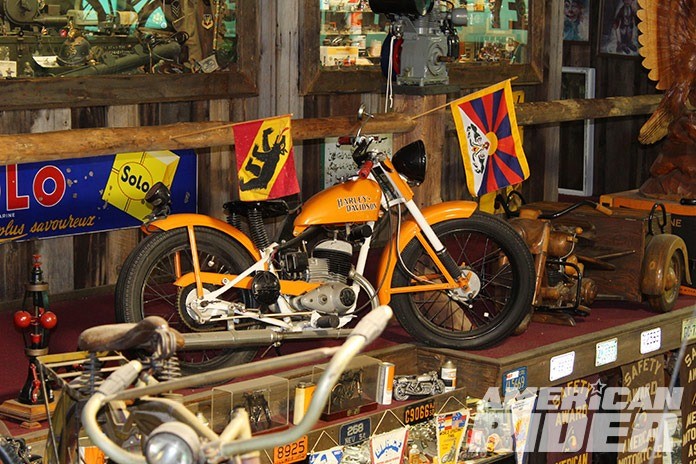

In one of the museum’s cases is an interesting scale-model Harley made to commemorate H-D’s 100th anniversary in 2003. It’s a pint-sized replica of the first Harleys made in 1903, but it’s definitely not a toy. It’s made of solid silver and uses cables and a drive chain of real gold, and it’s graced with Cartier diamonds on the pedals. Bill said the item was acquired in 2003 for $4,500. He was recently offered $30,000 for it.
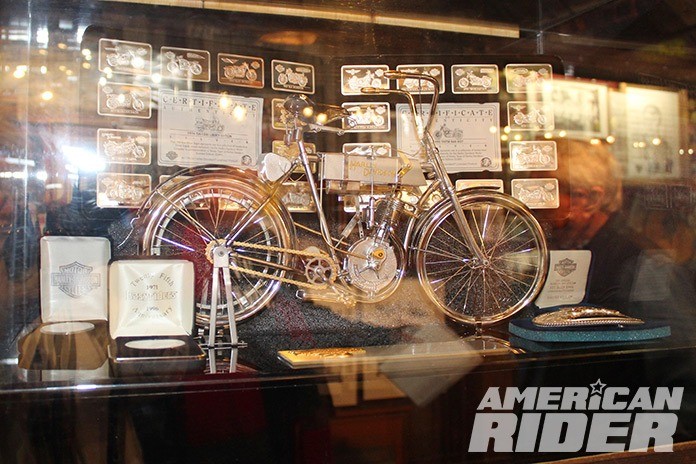
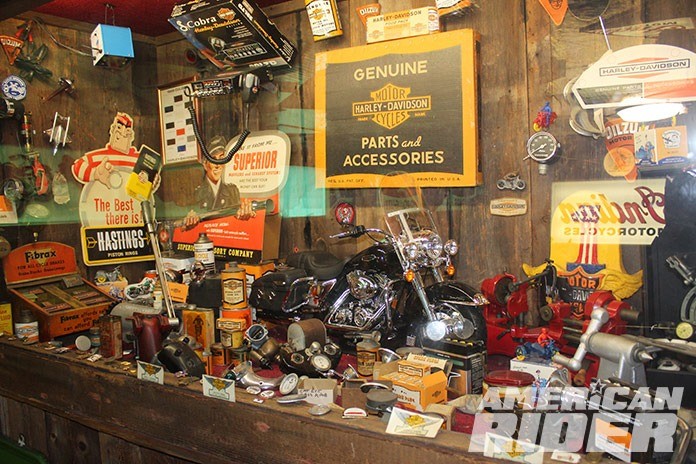
A bike Bill is particularly proud of is his 1940 small-box Servi-Car. The green trike was brought back to pristine condition by his good friend, the late Balter Pisak, a former Harley dealer that Morris bought out in 1970. Bill describes Pisak as his hero, a mentor who taught him about bikes, business, and haggling for the best price.
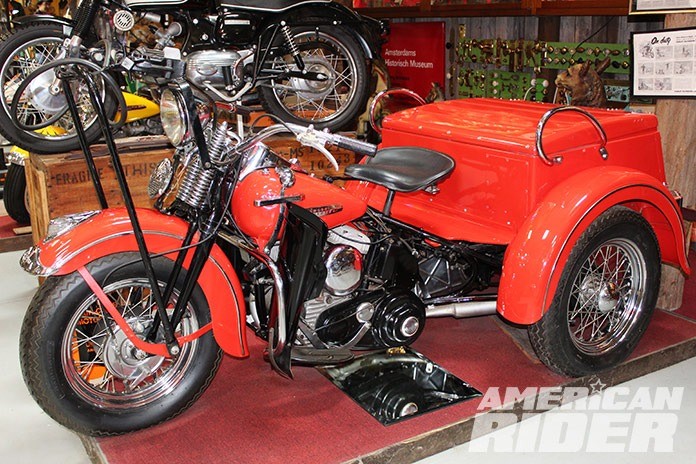
While the bar in Billville is mostly there for show, the facility is available to host events. Also, keep Bill in mind if you need any old bike parts. He’s not just a biker, builder, mechanic, collector, and museum curator, he’s also a keen parts man and can seemingly pull hard-to-get parts out of thin air. He’s a vintage motorcycle enthusiast of the highest order.
